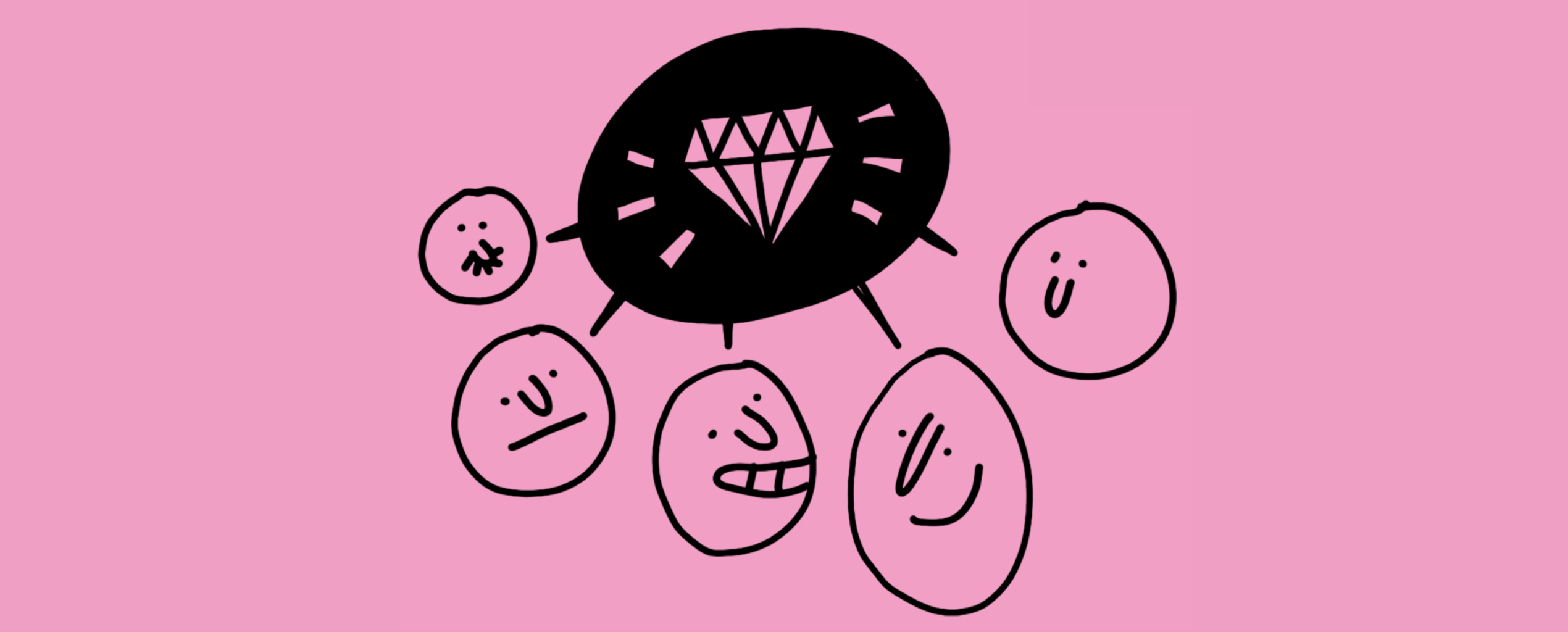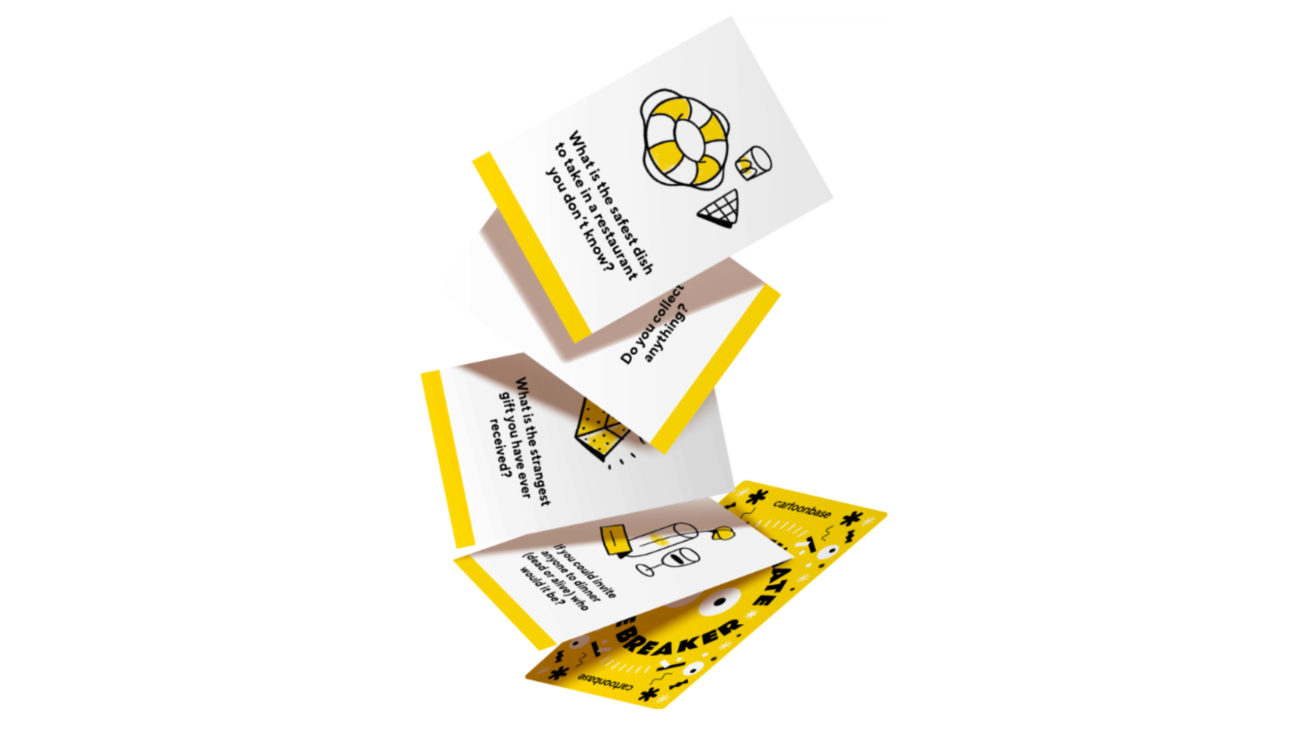Like hosting a dinner party, organising a successful creative session requires careful consideration of the timing and setting, your guestlist, and the experience you want to give them.
What exactly is creativity?
It is often presented as the ability to think outside the box. The ‘box’ this phrase refers to is the structure that shapes the way we look at a problem. In reality, however, there is not one, but many ‘boxes’. We all rely on multiple mental models to make sense of the world.
By becoming aware of these models and the way they box in how we think, we can change our perspective and start thinking in new boxes. That’s what creativity is about.
Creativity is the capacity to experience what we call a ‘shock of perception’: seeing new patterns in what’s been there all along. Developing this creative capacity requires us to find ways to unsettle the mind, enabling it to travel new paths instead of following the usual ones.
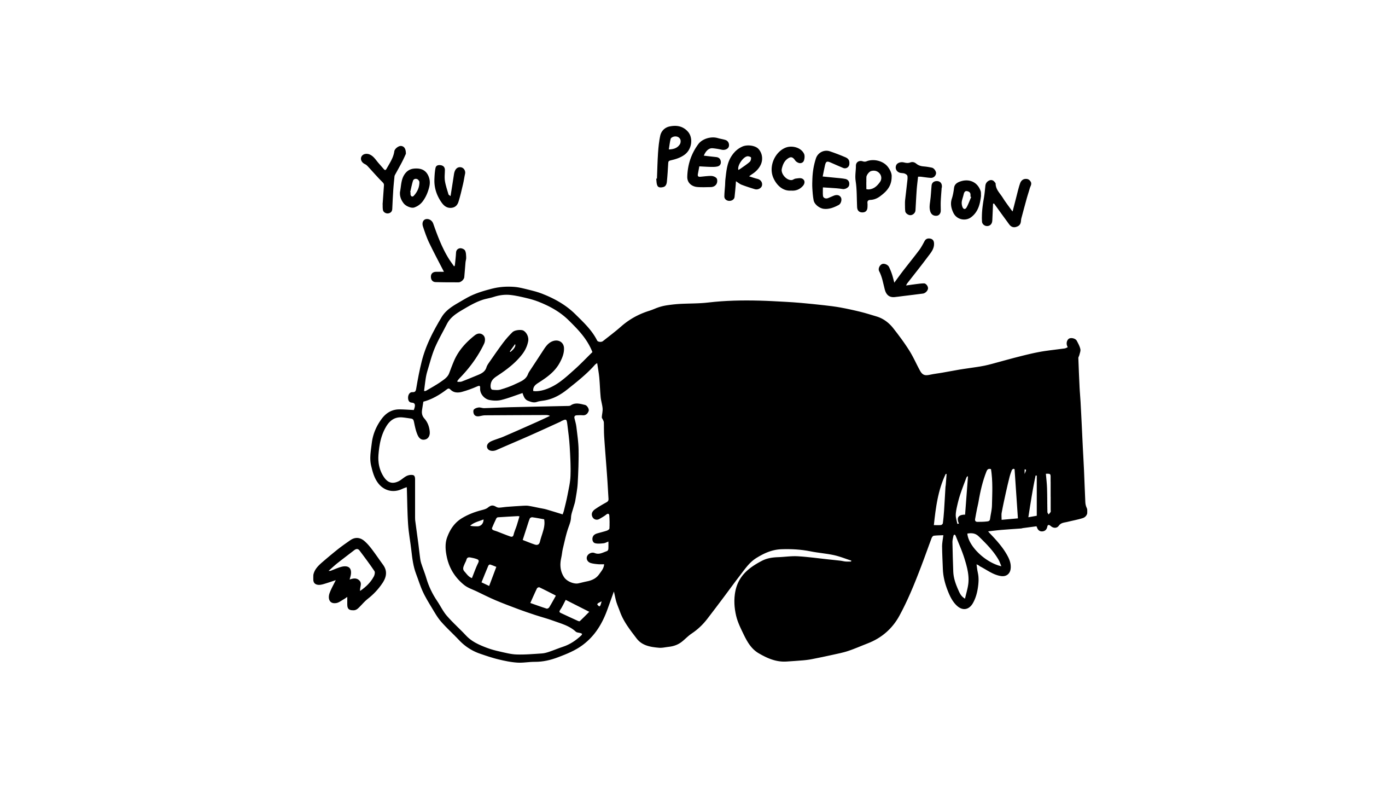
Creativity is distinct from innovation. While creativity is about changing the way we perceive reality, innovation is about changing reality itself. Not only can one exist without the other; they cannot happen at the same time.
Whether or not innovation is the ultimate objective of your creative quest, it is important to realise that creativity is a separate process that requires nurture to unfold.
Businesses increasingly need to get creative to thrive. Because we increasingly expect them to deliver experiences that fit our world view; and because the tremendous challenges we face today require creative thinking to identify ways out, and ahead.
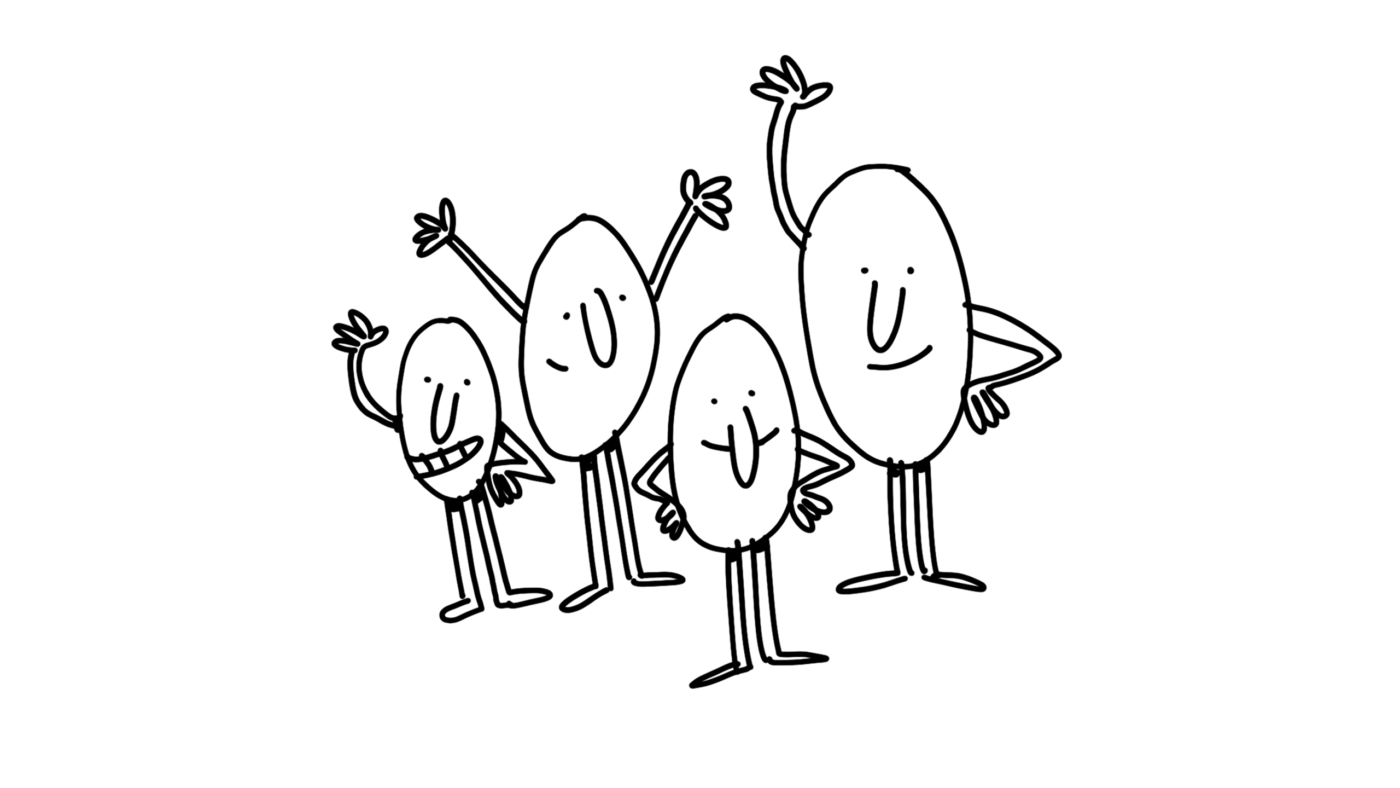
In our work, we come across all kinds of organisations and people. Creativity is at the heart of everything we do at Cartoonbase. One thing we have come to realise is that every team can find creative solutions – although they often believe otherwise.
With the right tools and under the right conditions, creative processes will emerge anywhere and involve everyone.
We believe that creativity makes for better organisations and happier employees. To organise a successful creative session, think of it as a dinner party where you want your guests to enjoy themselves as much as possible. Follow our step-by-step guide.
Contents
When to heat up the creative kitchen
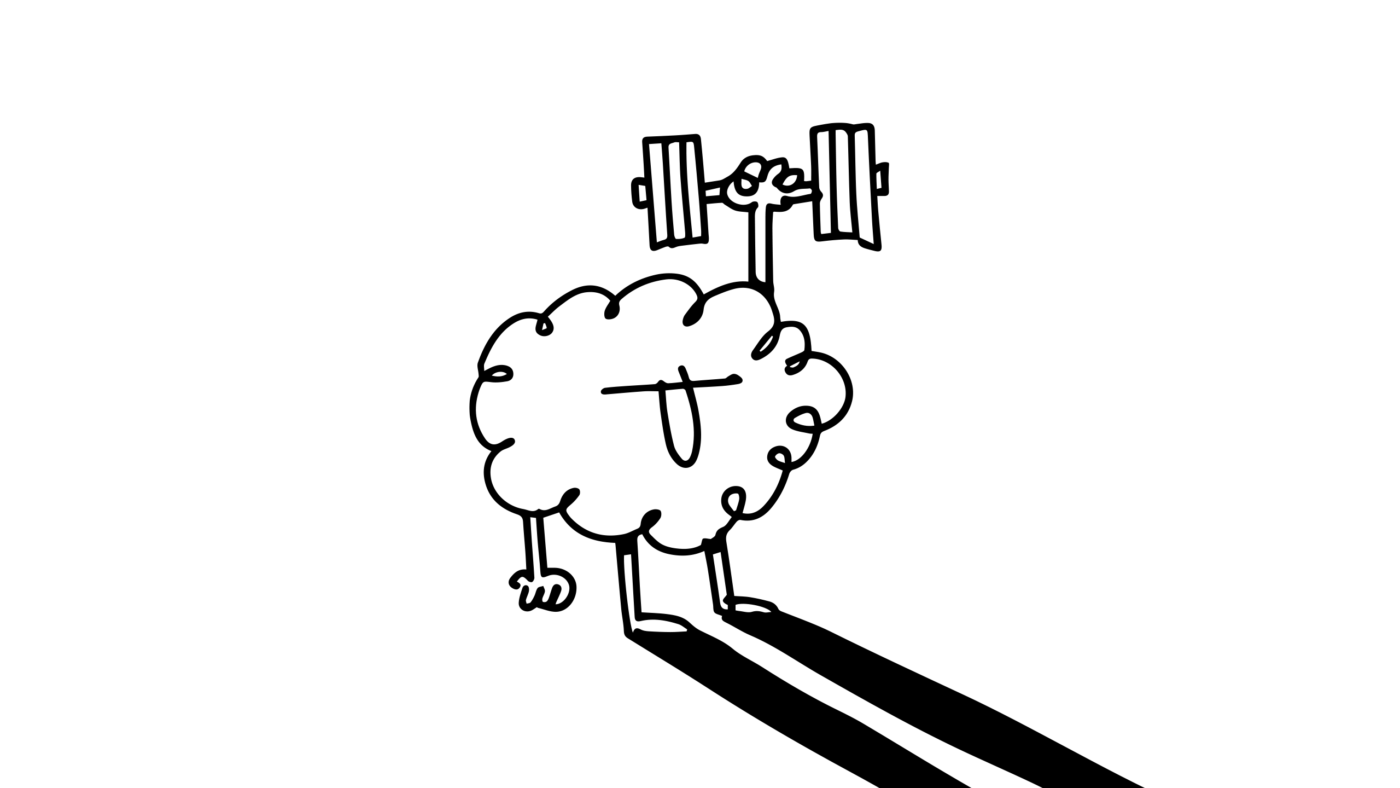
To use your creative efforts to best effect, you will want to pick the right moment and occasion. Not every kind of decision benefits from a creative session: when putting the final touches to the visuals of an ad campaign that took you months to get approved, too many cooks clearly risk spoiling the broth.
On the other hand, there are many circumstances where we can easily overlook the role a creative session could play. We think we know what needs to be done, by which team, and by when (usually yesterday), but we often have a limited view of what our options are.
Here’s a list of concrete examples of situations where we have seen successful creative sessions make the difference between more of the same and something new:
- Changing business models
- Updating processes
- Reviewing sales strategies
- Defining a new vision
- Developing social media campaigns
- etc.
You will notice that the list includes topics that are both very broad and very narrow. What matters is not the size of your ambition, but whether or not it will be helpful to step out of your usual workflow.
In practice
Checklist: Should I summon the creative spirits?
If you are unsure whether a creative session will be useful for addressing an issue, ask yourself the following questions:
- Would it be helpful to gather input from different people with different roles, working in different departments?
- Are we seeking ways to correct limitations to what we have been doing in the past?
- Are there external changes prompting internal ones?
- Is there an element we are missing to solve the problem at hand?
If you answered ‘yes’ at least once, consider holding a creative session. If you answered ‘yes’ to all of them, chances are you cannot solve the problem without some creativity.
Whom to invite
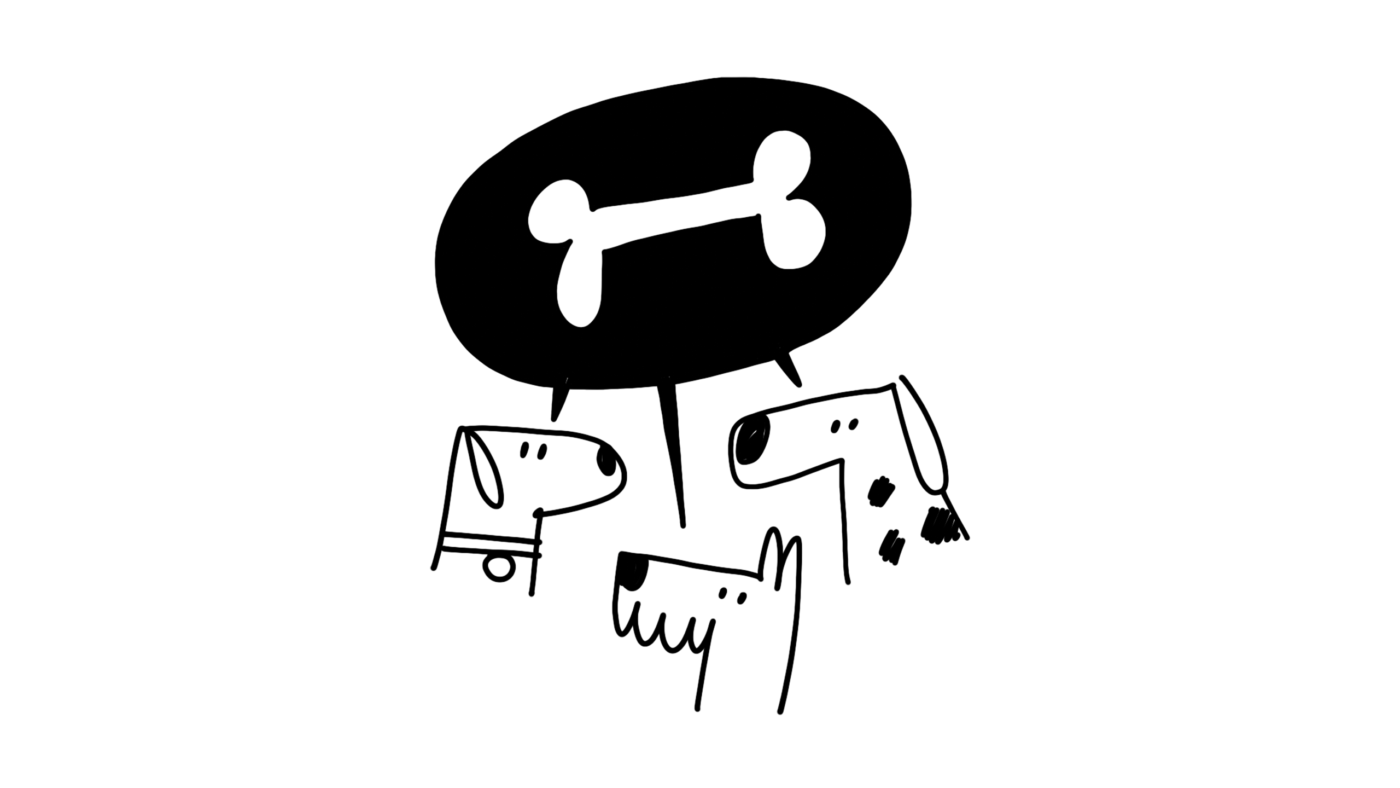
When gathering with a group of like-minded people to share a meal or discuss an issue, we step into a filter bubble where agreement tends to be easy because arguments go unchallenged.
Sharing thoughts and ideas with people who have similar interests and preferences has its rewards: it drives positive feedback, mutual encouragement and quick understanding. However, we are also less likely to question our assumptions, sharpen our arguments or broaden our perspectives.
Clients sometimes tell us they “have already brainstormed on the issue”. These sessions have often been organised for people with similar profiles: members of the steering committee; the HR department; representatives of an NGO network; head teachers of local schools.
Sure, it makes sense to bring together people who share a specific interest or competence to develop ideas in their field. There is, however, an important source of creative thinking we risk missing out on here. Where we curb diversity, we risk stifling creativity.
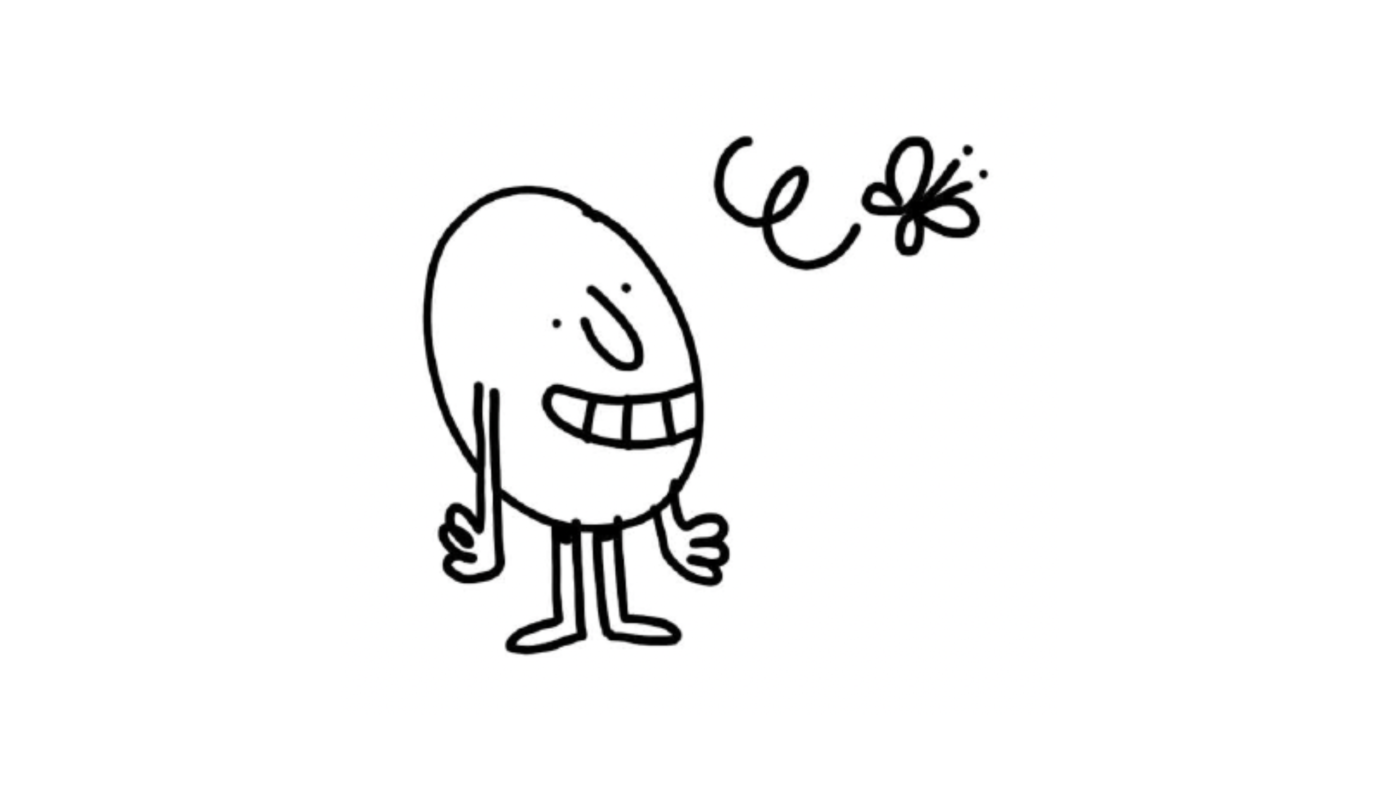
The different ways in which we unlock our creative potential is an important aspect of this diversity. Among the main reasons we are given by people who think of themselves as ‘not the creative type’ is the mistaken assumption that there is just one type of creative.
Different people have different approaches to problem-solving and solution-seeking. For instance, some will tend to use existing structures as a starting point, seeking to improve or correct them; others will intuitively attempt to step out of the existing paradigm to discover new possibilities.
Some are more comfortable seeking solutions to existing problems; others will set out to identify new problems which they will then try to solve.
It is easy to see how bringing together these different creative styles in one group can generate fruitful sessions. To compose it, you may need to look across different teams.
Tips
for achieving the right creative mix
- Seek diversity: when composing a group, aim for a broad mix of profiles and personalities to stimulate creativity.
- If the workshop is limited to a specific team or type of profile, pay attention to the different creative styles present, and give opportunities to all for expressing themselves and building on each other’s ideas.
How to create the right atmosphere
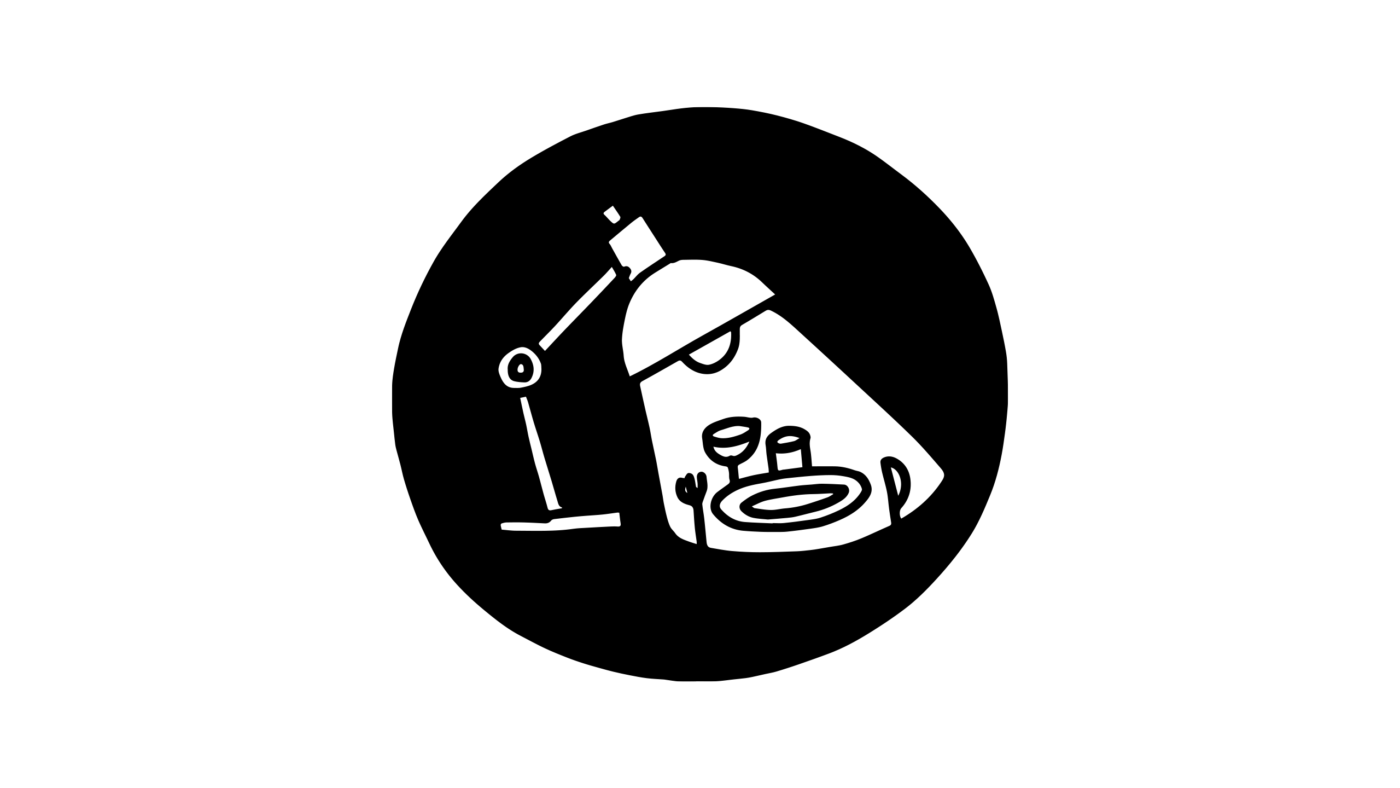
Imagine having a fancy dinner sitting at your desk in the office. Would you enjoy the food as much? Would conversation flow as easily?
Our environment has a huge impact on how we think, feel and act. For a successful creative session, a change of scenery can make all the difference.
A day out in the open is ideal for getting the creative juices flowing. It will combine the perks of a new setting and fresh air. The key point, however, is to remove people from their usual work environment.
Getting everyone together in the same place is ideal: we have often noticed how difficult it can be to get people to laugh and improvise in remote settings, and exchanges flow less naturally.
While connecting online is not the first choice for a brainstorming session, we have in fact often witnessed online workshops deliver amazing creative results as well. To offer a virtual change of air, you can for instance prepare an online canvas where people will collaborate and connect in new ways.
It is equally important that participants free up mindspace for the task at hand. If possible, start in the morning with a rested brain; plan for regular breaks; and create a relaxed, safe atmosphere where the group feels comfortable expressing their ideas.
Brain teasers are a great warm-up technique for the brain: they help us to switch our full focus to the session and sharpen our attention towards mental shortcuts.
Last but not least, help participants connect with each other in a way that sets the right tone for the conversation.
Break the ice without cringing
with our Icebreaker card gameKick off your brainstorming session with a touch of humour by replacing the usual presentations with an unusual list of questions.
Each participant chooses a question at random from a list or pile of cards prepared in advance and puts it to another person from the group.
Let the crazy stories flow – and start the workshop in a light mood.Discover our Ultimate Icebreaker
Tips
for creating a creative atmosphere
- Create the right conditions for a fresh and focused mindset: start on time and early if possible, and choose a venue outside of the usual meeting room setting.
- Throughout the session, take regular breaks, and make sure there is fresh air and a relaxed atmosphere.
- Keep interruptions to a minimum by asking participants to silence phone and email notifications.
- If the meeting happens online, create a virtual setting that helps participants feel invested in the workshop.
- Ensure participants connect with each other and open their mind right from the start with an icebreaker, brainteasers or similar animation techniques.
Seeing off your guests
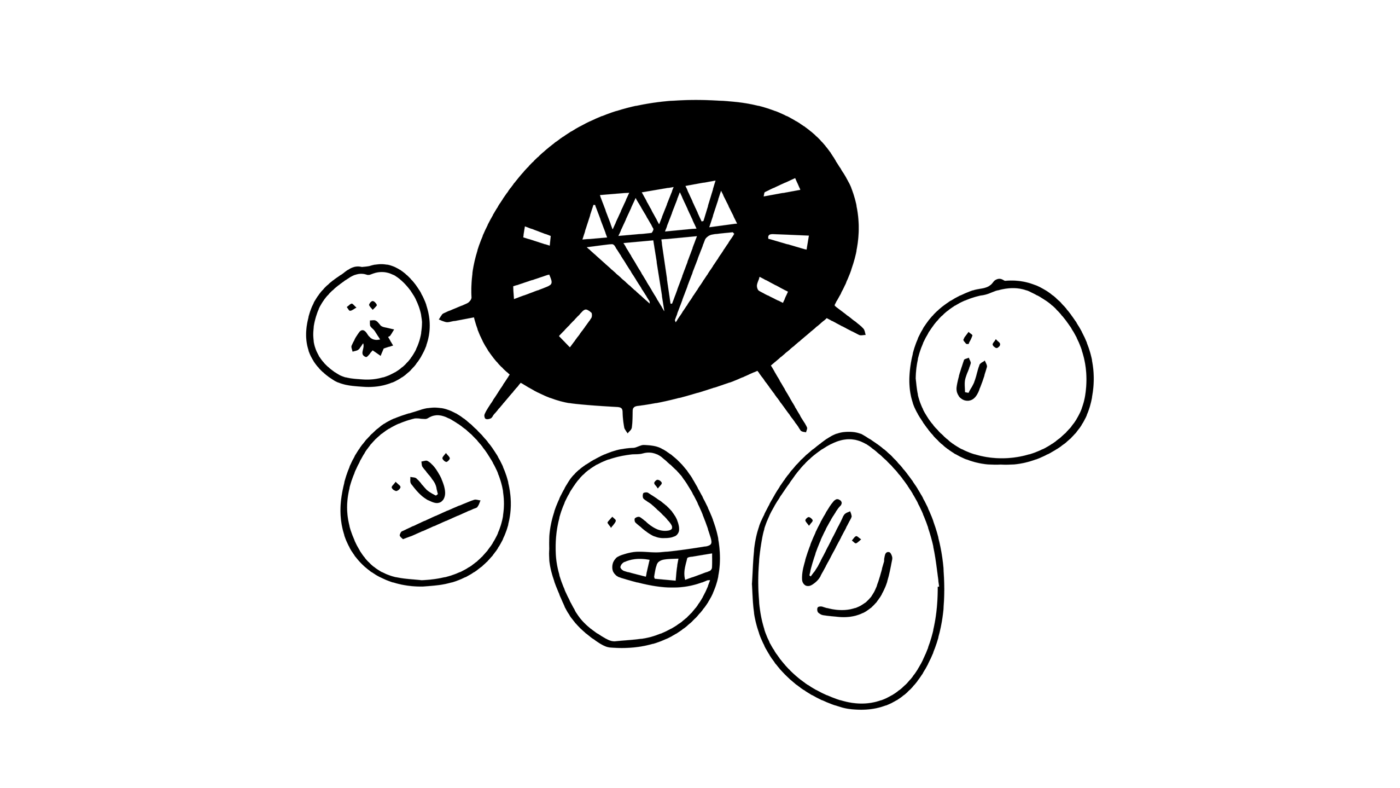
What would you like your guests to take away from the event, other than leftover sandwiches?
A creative workshop is a meeting unlike any other. Providing minutes and conclusions can actually be counterproductive: not every half-baked idea should be recorded and stored forever.
However, it is important to provide a digest of key outcomes. This is easily achieved by giving a quick overview of the work accomplished together and providing participants with the tools for selecting the most interesting features.
Tips
for achieving the right take-home message
- Help participants identify the best way forward by steering their focus towards the breakthrough they accomplished together.
- Enable them to own the process by making their own selection. It will make the next steps a lot easier!
In practice
The checkout checklist
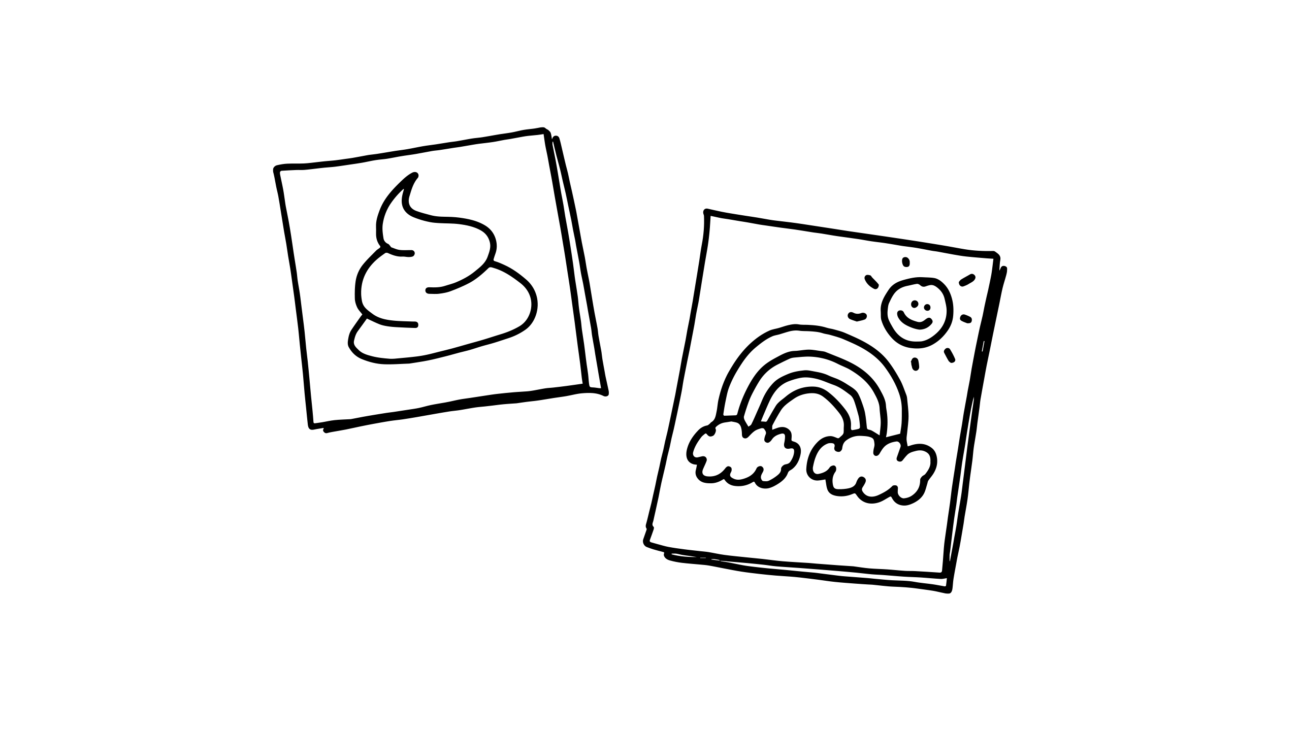
Here’s a quick checklist you can use for tying up any loose ends at the conclusion of a workshop:
- Snapshot: To bring it all together, provide a short recap of exercises, discussions and outcomes.
- Shortlist vote: Ask the group to vote for two favourite proposals (not their own!). This will result in a shortlist to explore in-depth in the next session.
- State of play: Check where we stand with regard to the objectives set out at the beginning of the session: were they reached, or did they evolve along the way?
- Next steps: Clarify where we go from here: guide participants in setting the agenda for the next session, assigning ‘homework’ if needed, or allocating individual responsibilities to implement what’s been decided.
Check out our creativity recipes to nurture creativity in your organisation.
Our online platform contains practical exercises to help you and your team find home-cooked creative solutions to tricky challenges, big and small.
Browse our creative recipes
Get in touch with our team for more creative advice
At Cartoonbase, we work every day to identify ever new creative ways to get your messages across.
Let’s discuss how we can help you cook up creative solutions.
